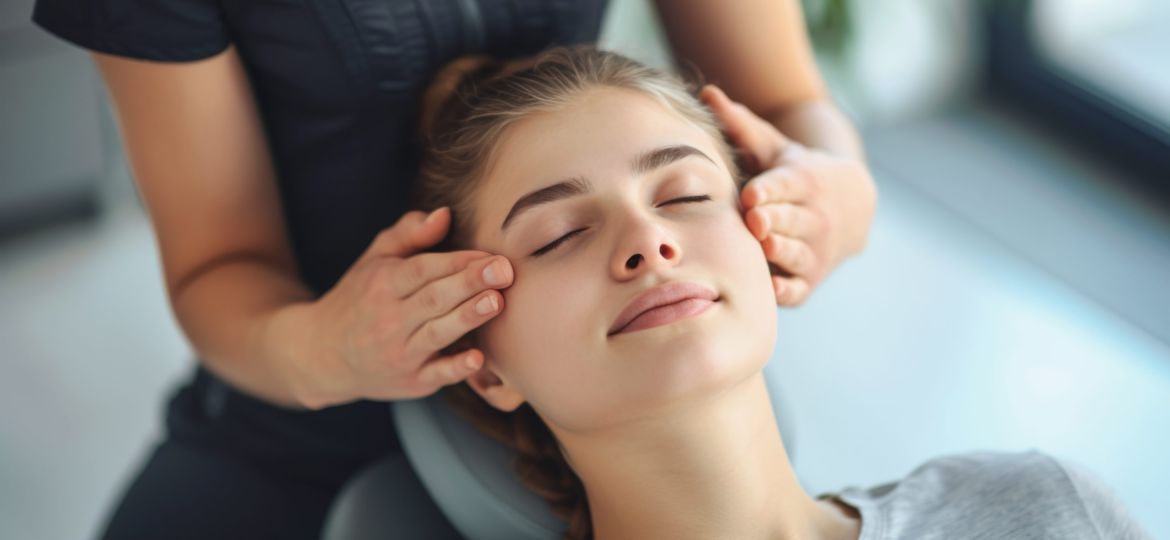
Facial massage has long been a part of beauty traditions across the world, from ancient Eastern practices to modern wellness routines. With its rise in popularity fueled by social media, influencers, and an ever-growing market of tools such as jade rollers and gua sha stones, many people are asking the same question: Does facial massage actually help, or is it just another fleeting skincare trend?
At its core, facial massage involves the gentle manipulation of facial muscles, skin, and pressure points through rhythmic movements. Advocates claim it promotes blood circulation, supports lymphatic drainage, reduces puffiness, relieves tension, and even contributes to a natural glow. In fact, studies suggest that stimulating the skin and underlying muscles may temporarily improve circulation, which can bring oxygen and nutrients to the surface layers of the skin. This process can create a brighter, more refreshed look after just a short session.
One of the most talked-about benefits of facial massage is its potential to improve lymphatic drainage. The lymphatic system is responsible for removing waste and excess fluids from tissues, and when it’s sluggish, puffiness—especially under the eyes—can become more noticeable. Gentle, upward strokes designed to follow lymphatic pathways may help reduce swelling and promote a more sculpted facial appearance. While this effect is often temporary, it can be particularly helpful before important events when people want their skin to look its best.
Another often overlooked benefit is stress reduction. Just as body massage helps relax tense muscles, facial massage can relieve tightness in areas like the jaw, forehead, and temples. Many people carry stress in these zones, leading to teeth grinding, headaches, or frown lines. By releasing muscle tension, facial massage may not only contribute to comfort but also help soften the appearance of expression-related wrinkles over time.
When it comes to anti-aging claims, however, the evidence is more nuanced. Facial massage cannot replace the effects of collagen-stimulating treatments or fillers, nor can it dramatically lift sagging skin. What it may do is encourage better absorption of skincare products, enhance skin hydration when combined with quality serums or oils, and contribute to overall skin vitality. The repeated stimulation may also strengthen facial muscles slightly, though results vary widely among individuals.
It’s important to note that technique matters. A properly performed massage with clean hands or sanitized tools can provide benefits, but aggressive or incorrect methods may irritate the skin, stretch delicate tissues, or worsen conditions like acne or rosacea. For this reason, guidance from a skincare professional or dermatologist is recommended, especially for individuals with sensitive or problem-prone skin.
Ultimately, facial massage should be viewed less as a miracle anti-aging solution and more as a supportive element in a holistic skincare routine. It offers a blend of relaxation, circulation enhancement, and short-term visible improvements that can complement other treatments and products. For many, the ritual itself is just as valuable as the results—it creates a mindful moment of self-care, reduces stress, and reinforces consistency in skincare practices.
In conclusion, while facial massage may not dramatically transform the skin, it can meaningfully contribute to healthier, brighter, and more relaxed-looking skin when practiced regularly and correctly. As part of a broader skincare and wellness strategy, it holds a rightful place for those seeking natural, non-invasive ways to nurture both their skin and their overall sense of well-being.
